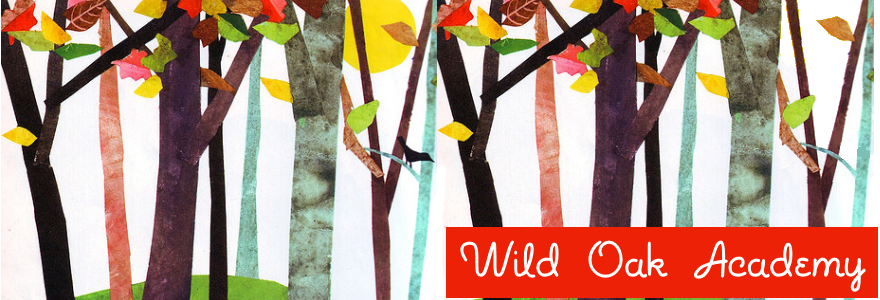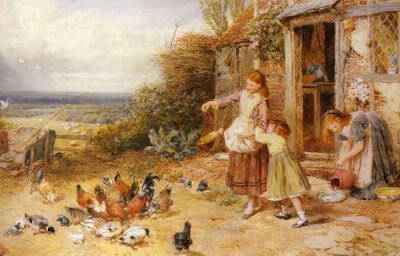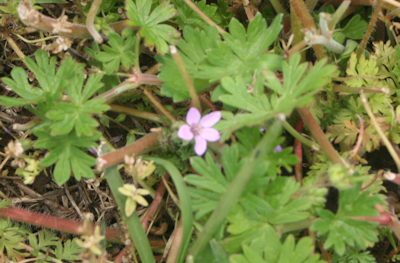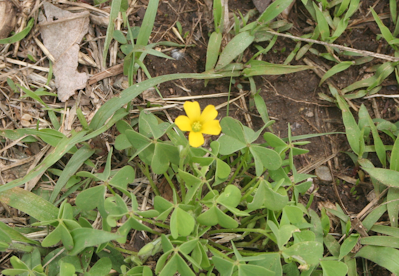On Monday we picked up our two newest pets ~ miniature twin wether lambs Caelan and Colby. Born on March 12th, they're a Mini Cheviot/Babydoll Southdown cross, so will remain much smaller than traditional breeds. They're rather shy, but oh-so-adorable!
South Down sheep originated in the South Down hills of Sussex County, England and are typically raised for their wool. Miniature Cheviots hail from the Cheviot Hills country that form the border between England and Scotland; they'e an extremely hardy breed, also raised for wool.





Labels: Pets, Wordless Wednesday
This was our happy little chicken yard, as of only Monday. Early Tuesday morning, a large feral tomcat managed to break through the *double* layer of chicken wire on the baby chicks' temporary coop and slaughter 18 of the 21 birds. He didn't eat them, but was apparently killing for sport. We also lost a baby goose to this cat, which has left our surviving goose very sad indeed.
Needless to say, I've been in shock all week. I had no idea a cat would have the will, intelligence, and strength to do such a thing! We had some truly beautiful babies, including a number of Polish chicks (only one of whom survived), so we're all quite disapointed. We'd never planned on keeping all 21 birds, figuring half or so might be roosters, but this was tragic. Eleven chickens remain.

The big chicken coop

Temporary enclosure for the baby chicks

Everyone's favorite hangout


(This little guy survived)







Our surviving baby goose
Labels: Pets
A few of the 30+ roses we've planted this spring are finally in bloom! Here's what's blooming at the moment:

'Darlow's Enigma' Hybrid Musk Rose

'Edmond Proust' Hybrid Wichuriana Rose

'Rosa Sancta'/'St. John's Rose'

'Europeana' Floribunda Rose

'Honorine de Brabant' Bourbon Rose

'Ambassador' Hybrid Tea Rose

'Cl. Joseph's Coat' Floribunda Rose

'Cinco de Mayo' Floribunda Rose

'Sundowner' Grandiflora Rose
Labels: Gardening

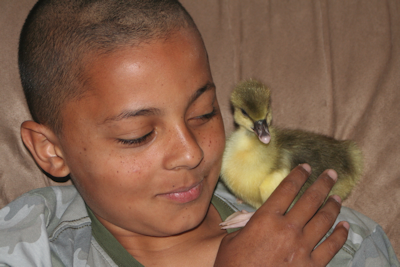
Labels: Pets, Wordless Wednesday
Each morning I like to start my day by taking a walk around our property to check out what's newly sprouting and what's in bloom. I get quite attached to a few of these "wildflowers" (aka weeds!), and get quite distressed when my husband mows down one I've had my eye on. Here's what is currently blooming:
Other Names: Tragopogon major, Buck's Beard, Go-To-Bed-At-Noon, Goat's-Beard, Joseph's Flower, Noonflower, Noontide, Star of Jerusalem, Western Goat's Beard, Yellow Goat's-Beard, Yellow Salsify.
This plant originated in Eurasia and Northern Africa and was introduced into the U.S. at the beginning of the 1900's as a garden plant. It is now naturalized over much of the U.S.. Flowers generally open in the morning and close by noon (though this is not exact). Edible uses.
Oxalis, the Greek for sour, applies to all sorrels because of their acid juice. No native plant has leaves so sour as the wood-sorrel. The acid resembles that of a lemon; hence the leaf is very pleasant in flavor, and is not only relished by the rambler in the woods, but in salads.
Every child knows how wood-sorrel 'goes to sleep' by drooping its three leaflets until they touch back to back at evening, regaining the horizontal at sunrise - a performance most scientists now agree protects the peculiarly sensitive leaf from cold. The leaves are more sensitive than those of any other of our wild flowers, closing during darkness or at the approach of a storm.
Names given locally to the plant in the Old World are wood sour or sower, cuckoo's meat, sour trefoil, and shamrock -- for this is St. Patrick's own flower, the true shamrock of the ancient Irish, some claim. Alleluia - another folk-name, refers to the joyousness of the Easter season, when the plant comes into bloom in England. - Wild Flowers Worth Knowing by Neltje Blanchan (c. 1917) and Wild Flowers, Vol. 1 by Anne Pratt
The leaves, flowers, and bulbs can be eaten fresh or cooked. However, the fresh leaves and stems contain oxalic acid and can cause poisoning if consumed in large quantities. Wood sorrel contains significant amounts of Vitamin A. More info here and here.
White clover blossoms were used in folk medicine against gout, rheumatism, and leucorrhea. It was also believed that the texture of fingernails and toenails would improve after drinking clover blossom tea. Native Americans used whole clover plants in salads, and made a white clover leaf tea for coughs and colds. White clover is thought to clean the system, decreasing irritation and muscular activity of the gastrointestinal tract. It is also used to decrease the activity of the central nervous system. Like red clover, it was thought to give anyone who carried its leaves the ability to detect witches, sorcerers and good fairies in his presence. It also was seen as representing the Trinity by Christians.
As-Yet-Unidentified:
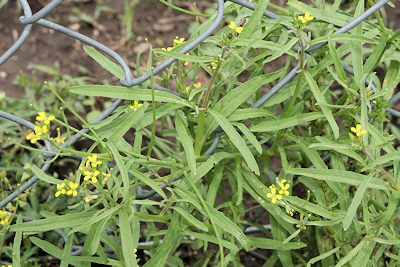
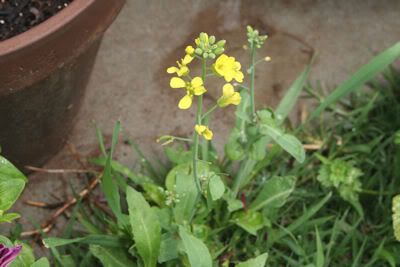

Itsy-bitsy blue flowers
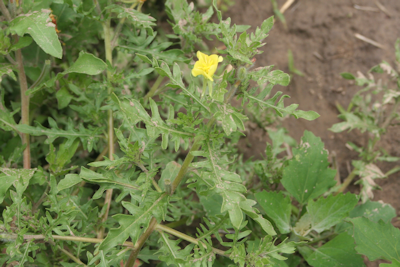
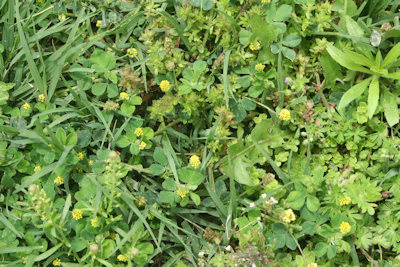
Itsy-bitsy yellow flowers
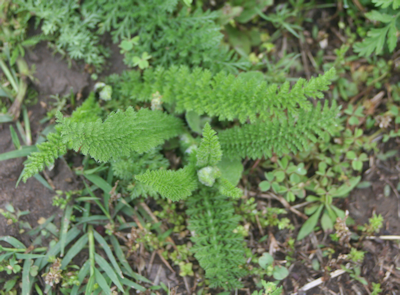
Not a flower, but it has character!
Wildlife
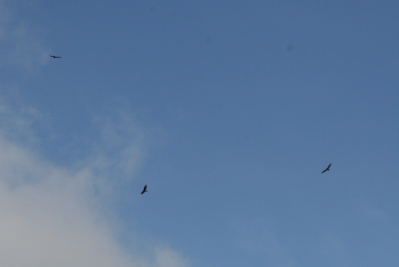
Hawks circling overhead (there are 5 in this particular family)
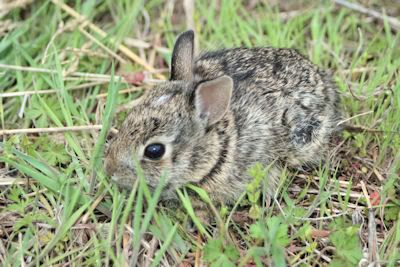
Baby cottontail bunny
Also spotted: Numerous bald eagles and two coyote.
Labels: Herbs, Nature, Wildflowers
After taking a month or so to focus solely on Math and Language Arts (with a little Nature Study thrown in), next week we'll be returning to our usual school work. In History, we will resume our study of the Middle Ages by spending a week on the West African kingdoms of Ghana, Mali, and Songhai. Below are some of the resources I've found, many of which we'll be using.
- DVD: [Geography] BBC Atlas of National History: Wild Africa: Includes six episodes: Mountains, Savannah, Deserts, Coasts, Jungles, Lakes and Rivers.
- Board Games: 10 Days in Africa (BGG), Through the Desert (BGG), Timbuktu (BGG)
- Website: The Story of Africa: West African Kingdoms (BBC)
- Africa: Geography & Environments (National Geographic World Regions) by Sherilin Chanek (Study Guide here)
- Ancient West African Kingdoms: Ghana, Mali, and Songhai by Mary Quigley (preview here)
- The Royal Kingdoms of Ghana, Mali, and Songhay: Life in Medieval Africa by Patricia & Frederick McKissack (preview here)
- Mansa Musa: The Lion of Mali by Khephra Burns (preview here)
- Traveling Man: The Journal of Ibn Battuta 1325-1354 by James Rumford
- Exploring Africa! Classroom Activities
- A Golden Age: Three West African Empires (.PDF)
- A Hidden History: The West African Empires before the Atlantic Slave Trade (.PDF)
- West African Empires (PowerPoint Presentation)
- West African Geography, Climate, History (.PDF)
- Measuring the Travels of Two Adventurers: Marco Polo and Ibn Battuta + Handouts (.PDF) (GR 6-8 / Math)
- Ibn Battuta Worksheet ("A Visit to Mali")
- FINAL PROJECT: Medieval African Kingdoms Promotional Campaign
- Ghana: Medieval Trading Empire of West Africa (preview here), $14.95
- Unit 2, "African Roots" from Focus on U.S. History: The Era of Exploration and Discovery by Kathy Sammis, $25.00 (preview here)
- Document Based Activities: Medieval Africa, $13.45-16.95
- [Mr. Donn & Maxie's] Ancient and Medieval Africa, $23.95-29.95
Labels: Middle Ages, World History

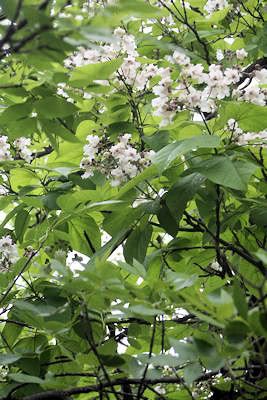
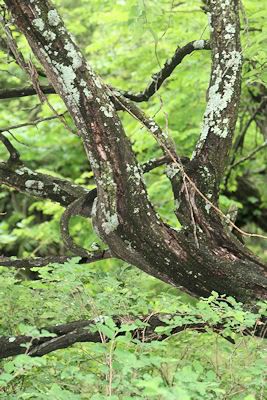
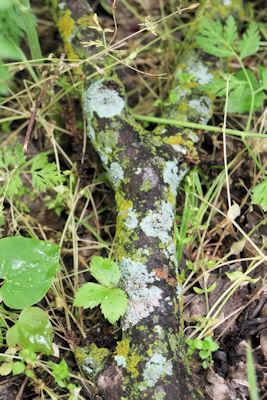
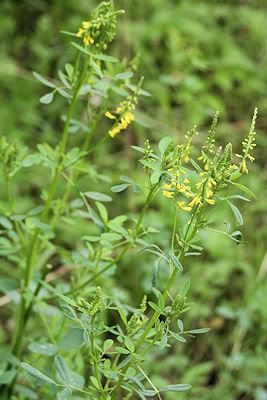
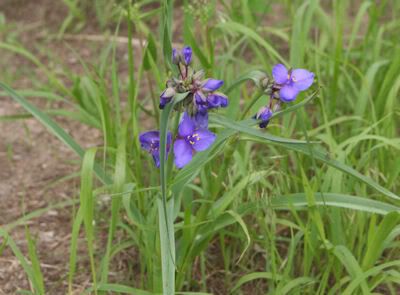
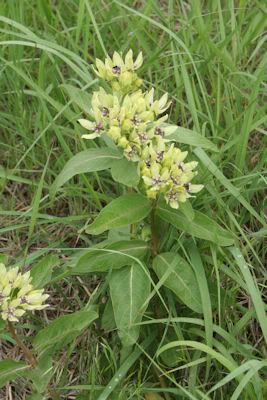
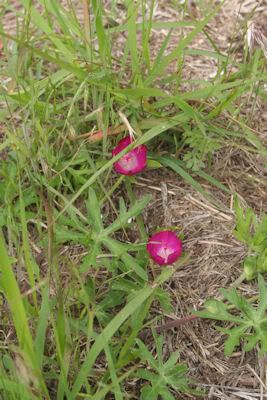
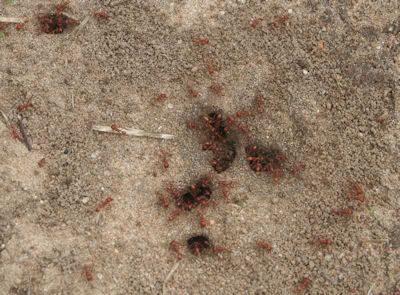
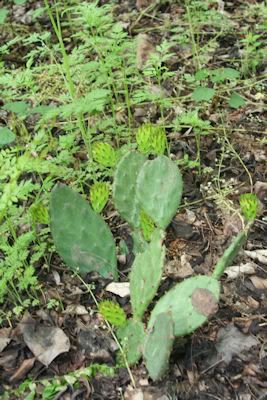

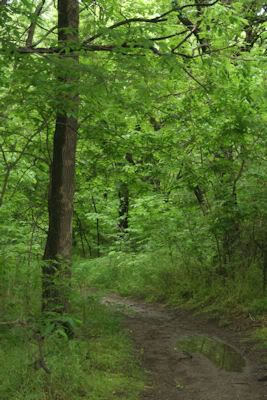

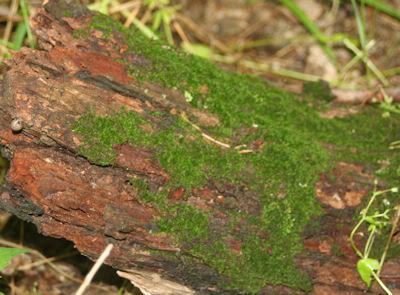
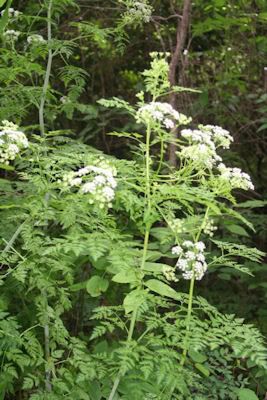
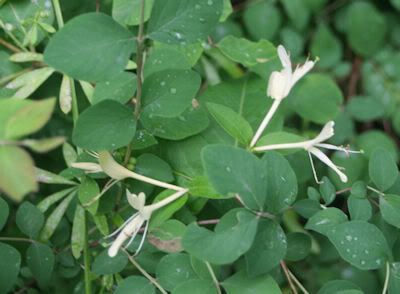
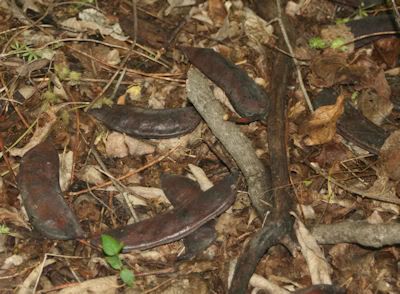
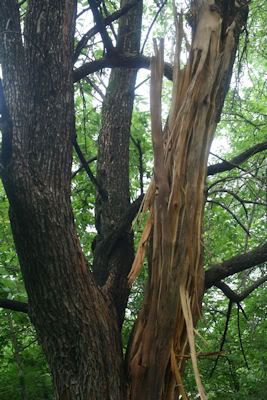
Labels: Nature, Wildflowers
